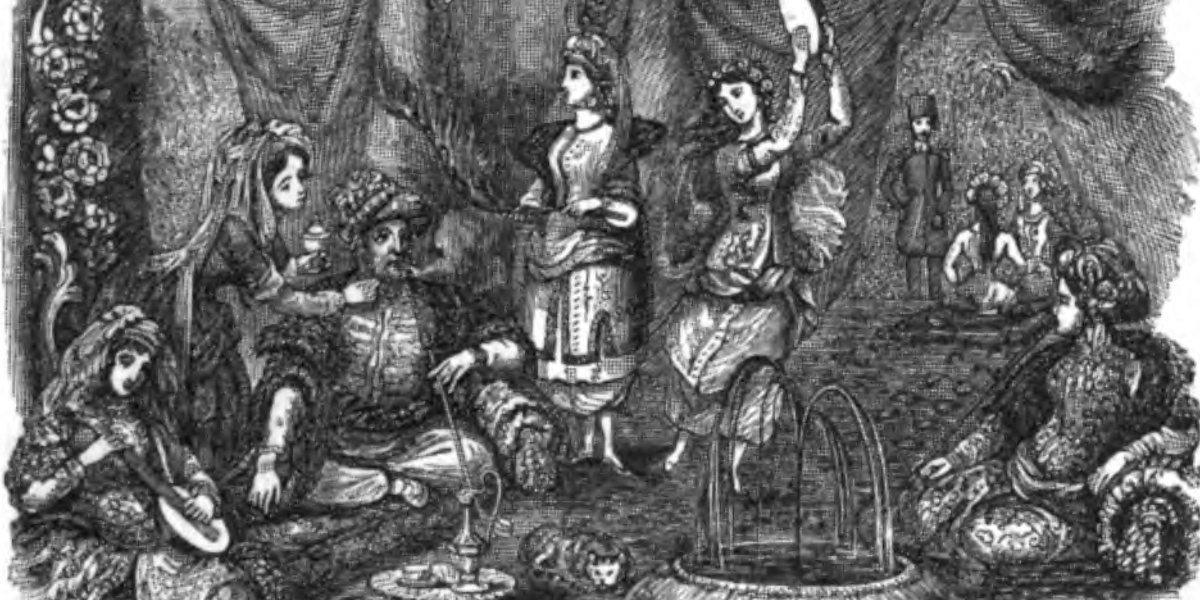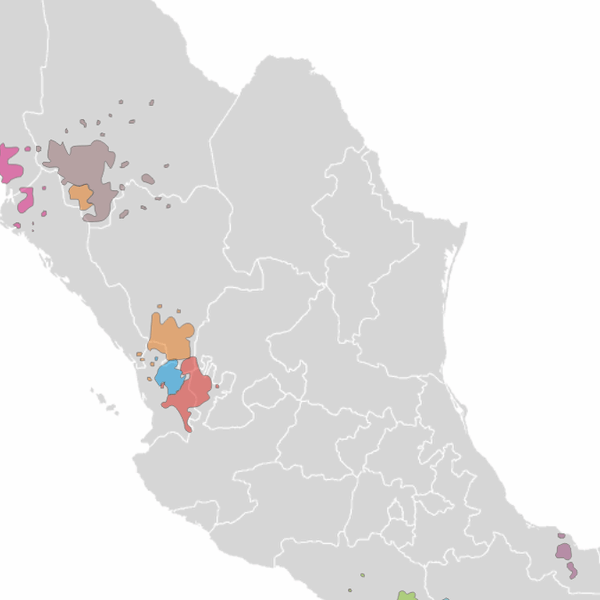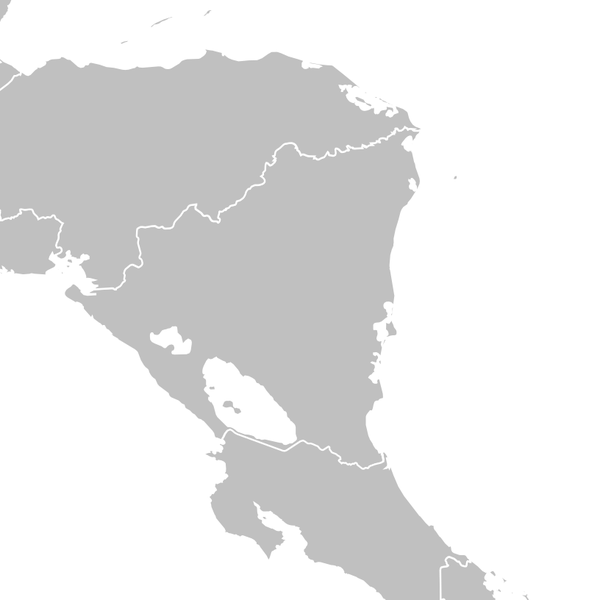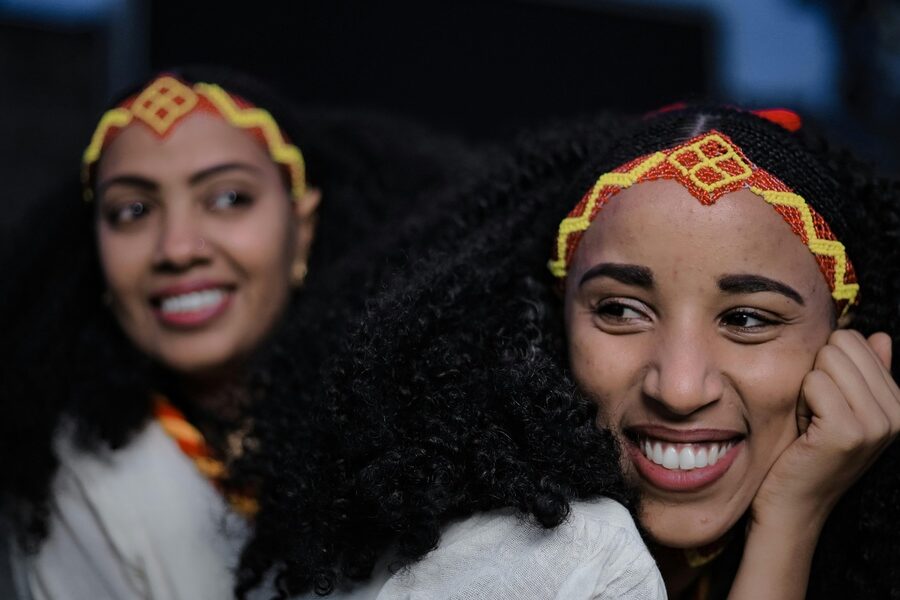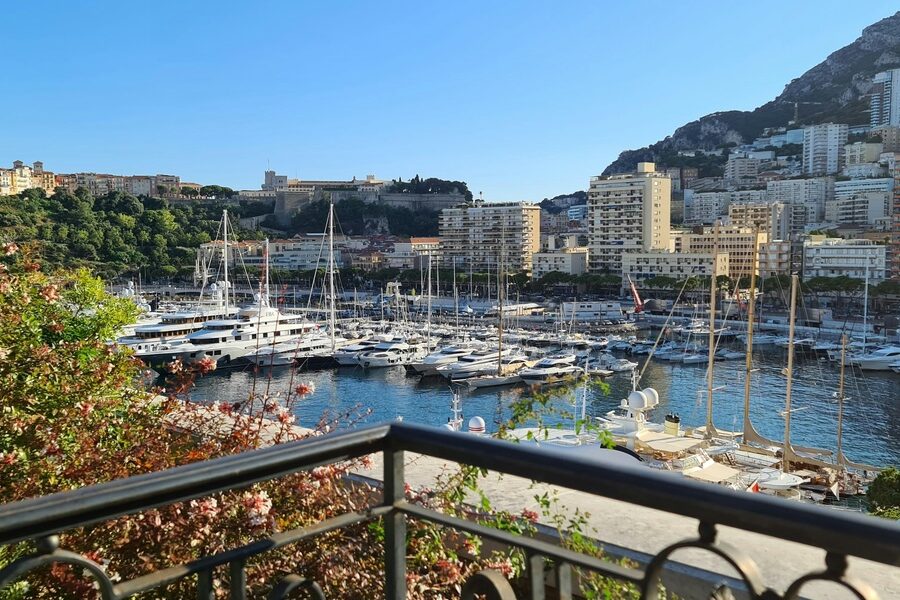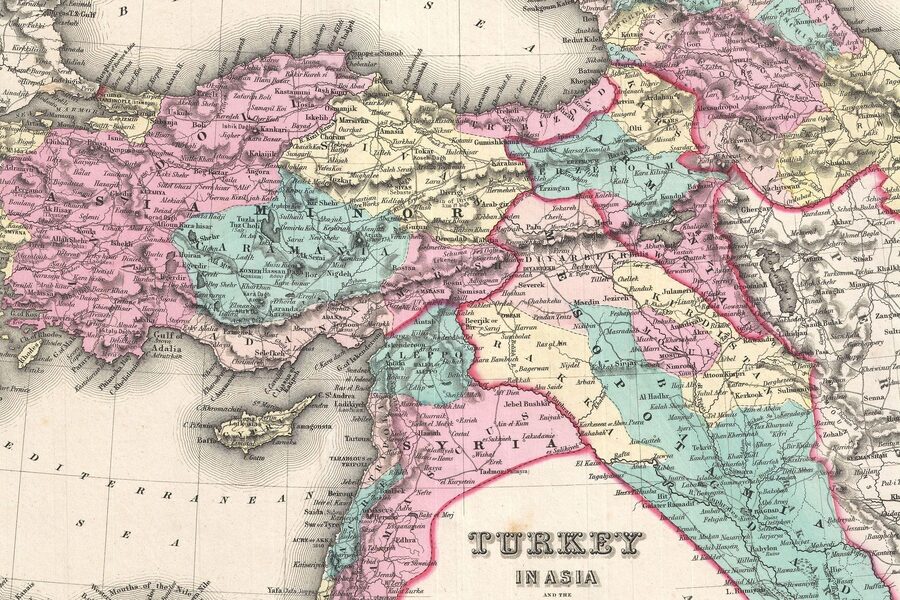Turkey sits at the crossroads of Europe and Asia, shaped by millennia of migrations, empires and trade. That history has produced a patchwork of communities with distinct languages, traditions and regional ties, many of which still shape local life and identity today.
There are 21 Turkey Ethnic Groups, ranging from Abkhazians to Zazas. For each, you’ll find below Estimated population (people), Primary region(s), and Language(s) so you can quickly compare size, geography and linguistic background — you’ll find below.
How reliable are the population figures for these groups?
Population figures are best treated as estimates: official censuses may not capture self-identification or smaller communities, and political or methodological differences affect counts. Academic studies, local surveys and NGO reports help fill gaps, so use the numbers as a starting point and check sources when you need precision.
Where are smaller groups like Abkhazians and Zazas mainly located?
Abkhazians are largely found along parts of Turkey’s northeastern Black Sea coast, while Zazas are concentrated in eastern Anatolia (provinces such as Diyarbakır, Bingöl and Tunceli among others). Local towns, cultural associations and regional festivals are good places to learn more and hear languages spoken in context.
Turkey Ethnic Groups
| Name | Estimated population (people) | Primary region(s) | Language(s) |
|---|---|---|---|
| Turks | 60,000,000 – 65,000,000 | Nationwide | Turkish |
| Kurds | 15,000,000 – 20,000,000 (estimates vary) | Southeast & East Anatolia, major cities | Kurmanji, Sorani |
| Arabs | 4,000,000 – 5,000,000 (includes recent refugees) | Hatay, Mardin, Şanlıurfa, Siirt | Arabic (various dialects), Turkish |
| Zazas | 2,000,000 – 3,000,000 | Tunceli, Bingöl, Elazığ, Diyarbakır | Zazaki (Dimli) |
| Circassians | 1,000,000 – 2,000,000 (community estimates are higher) | Kayseri, Düzce, Samsun, Kahramanmaraş | Adyghe (Circassian), Kabardian |
| Bosniaks | 1,000,000 – 2,000,000 | Istanbul, Bursa, Izmir, Adapazarı | Bosnian, Turkish |
| Albanians | 500,000 – 1,300,000 (highly assimilated) | Istanbul, Izmir, Bursa | Albanian, Turkish |
| Azerbaijanis | 500,000 – 800,000 | Kars, Iğdır, Ardahan | Azerbaijani, Turkish |
| Romani | 500,000 – 700,000 | Thrace, Marmara region, major cities | Romani, Turkish |
| Laz | 150,000 – 500,000 | Rize, Artvin (eastern Black Sea coast) | Laz, Turkish |
| Pomaks | ~300,000 | Thrace, Western Anatolia | Pomak (Bulgarian dialect), Turkish |
| Georgians | ~100,000 – 200,000 | Artvin, Bursa, Ordu | Georgian, Turkish |
| Tatars | 100,000 – 500,000 (estimates vary) | Eskişehir, Ankara, Konya | Crimean Tatar, Turkish |
| Hemshin | 50,000 – 100,000 | Rize, Artvin | Homshetsma (Armenian dialect), Turkish |
| Abkhazians | 50,000 – 100,000 | Düzce, Sakarya, Bolu | Abkhaz, Turkish |
| Armenians | 50,000 – 70,000 | Istanbul | Armenian (Western dialect), Turkish |
| Yörüks | Population not separately counted; in the hundreds of thousands to millions | Taurus Mountains, Aegean & Mediterranean regions | Turkish (Yörük dialects) |
| Assyrians | 15,000 – 25,000 | Mardin, Istanbul | Suret (Neo-Aramaic), Turoyo |
| Jews | ~15,000 – 18,000 | Istanbul, Izmir | Ladino (Judeo-Spanish), Hebrew, Turkish |
| Chechens | ~10,000 | Kahramanmaraş, Sivas, Mardin | Chechen, Turkish |
| Greeks | ~2,000 – 3,000 | Istanbul, Gökçeada (Imbros) | Greek, Turkish |
Images and Descriptions
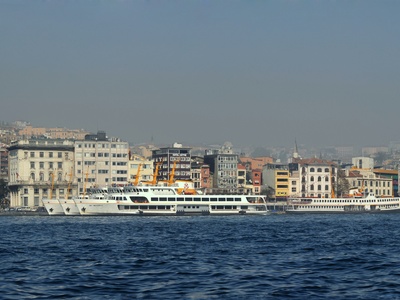
Turks
The majority ethnic group and founders of the Republic of Turkey. Their identity is shaped by a mix of Central Asian Turkic roots and centuries of Anatolian history, culture, and intermingling with other local peoples.
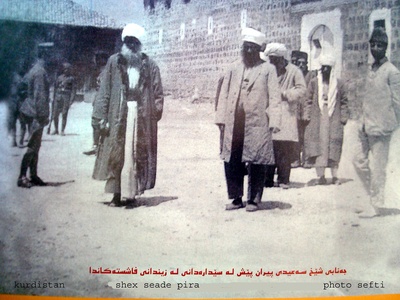
Kurds
The largest ethnic minority in Turkey, with a distinct language, culture, and history rooted in Mesopotamia and the Zagros Mountains. They form a significant portion of the population in the eastern and southeastern regions and have large diaspora communities in western cities.
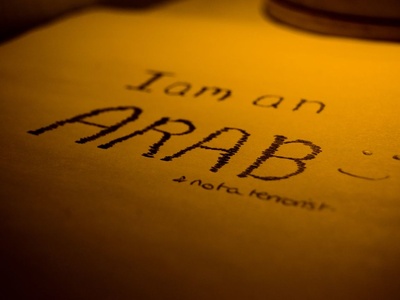
Arabs
Includes a long-established community in the southeast, particularly in Hatay, with a distinct culture and Levantine Arabic dialects. The population has significantly increased due to the recent influx of refugees from Syria.
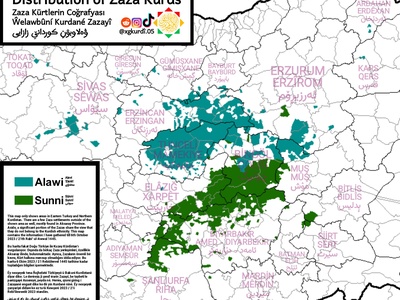
Zazas
An ethnic group from Eastern Anatolia, often grouped with Kurds but possessing a distinct Zaza language, which is part of the Northwestern Iranian language family. Their culture and identity are unique to their mountainous homeland.
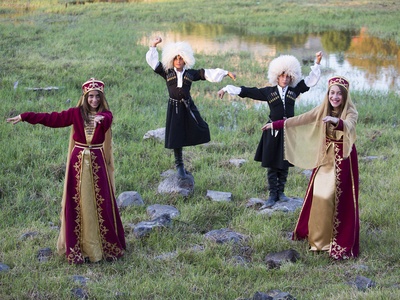
Circassians
Descendants of various North Caucasian peoples who fled the Russian-Caucasian War in the 19th century. Known for their strong cultural traditions, intricate dances, and a distinct code of ethics called Adyghe Xabze.
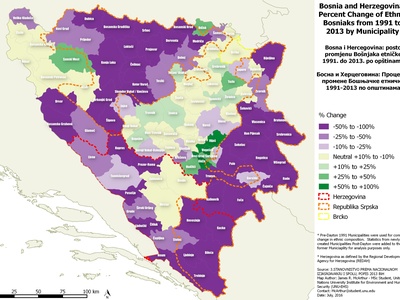
Bosniaks
Descendants of South Slavic Muslims who emigrated from Bosnia and other parts of the former Yugoslavia, primarily during the Ottoman decline and after the Austro-Hungarian occupation. They are well-integrated into Turkish society while maintaining cultural ties.
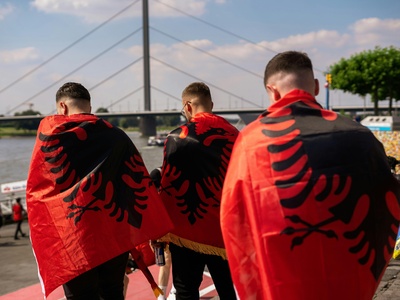
Albanians
One of the largest minority groups, with ancestors who migrated during the Ottoman period for administrative roles or as refugees during the Balkan Wars. They have deeply influenced Turkish society, with many prominent figures of Albanian origin.
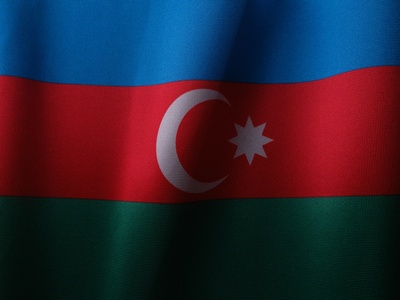
Azerbaijanis
A Turkic group closely related to Anatolian Turks, concentrated in eastern provinces bordering Azerbaijan and Iran. They share linguistic and cultural similarities but are predominantly Shia Muslims, distinguishing them from the Sunni majority in Turkey.
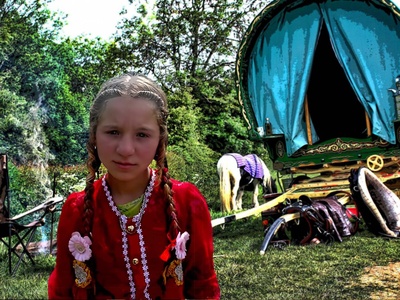
Romani
Also known as “Roman” or “Çingene” in Turkey, they are an Indo-Aryan people with a long history in Anatolia. They have a rich musical and artisanal culture but have historically faced social and economic challenges.
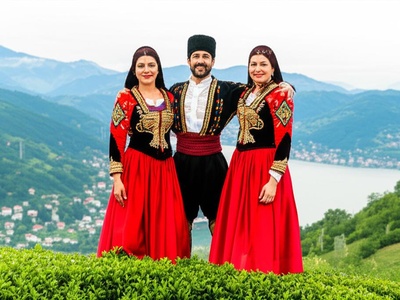
Laz
An indigenous Kartvelian-speaking group from the southeastern Black Sea coast. Traditionally fishermen and tea farmers, they are famous for their fast-paced music, dance (the Horon), and distinct cultural identity tied to their rainy, mountainous region.
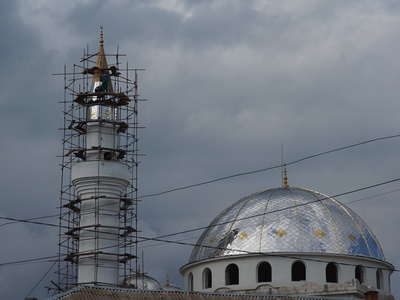
Pomaks
A Slavic Muslim group, whose ancestors migrated from the Balkan regions of Bulgaria and Greece. They primarily live in the Thrace and Marmara regions and have preserved their unique language and cultural traditions from their Balkan homeland.
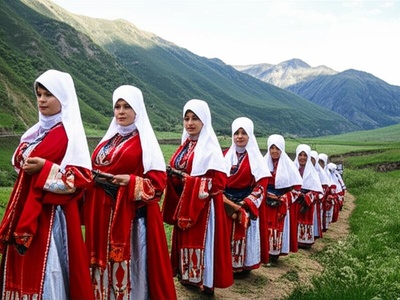
Georgians
Comprises both an autochthonous community in the Artvin province and descendants of Muslim Georgian immigrants (“Chveneburi”) who arrived during the late Ottoman period. They maintain their language and strong cultural links to Georgia.
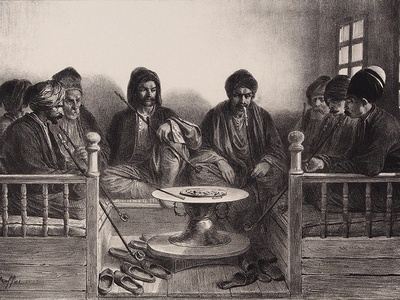
Tatars
Mainly descendants of Crimean Tatars who fled Russian annexation in the 18th and 19th centuries. The city of Eskişehir is a major cultural center for the community, which actively preserves its language, cuisine, and heritage.

Hemshin
An ethnically distinct group of Armenian origin who converted to Sunni Islam centuries ago. Living in the eastern Black Sea mountains, they are known for their pastoralist lifestyle, unique dialect, and distinct music and culture.
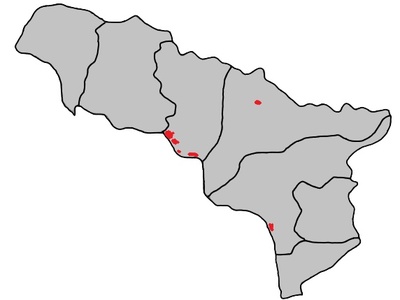
Abkhazians
A North-West Caucasian people who, like the Circassians, migrated to the Ottoman Empire in the 19th century. They have a distinct language and culture and have maintained a strong sense of community identity in the Marmara region.
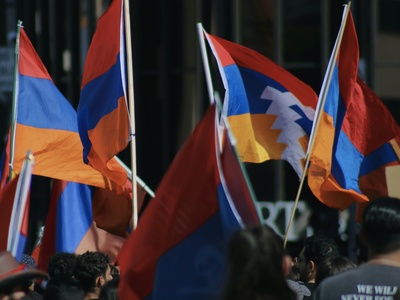
Armenians
An ancient people indigenous to the Anatolian highlands. Once a large population across the empire, the community is now concentrated in Istanbul, where it maintains its own schools, churches, and hospitals, preserving its rich cultural and religious heritage.
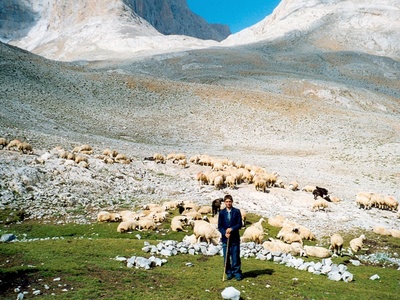
Yörüks
A subgroup of Turks known for their traditionally nomadic or transhumant lifestyle in the mountains of Anatolia. While most are now settled, they retain a strong cultural identity, distinct traditions, and dialects tied to their pastoralist heritage.
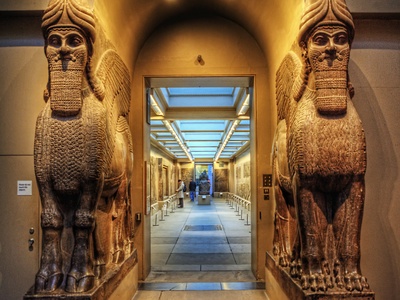
Assyrians
An ancient, indigenous Semitic Christian people of Mesopotamia. Their historic heartland is in southeastern Turkey, around Mardin and Tur Abdin. They speak dialects of Neo-Aramaic, the language of Jesus Christ, and maintain unique religious and cultural traditions.
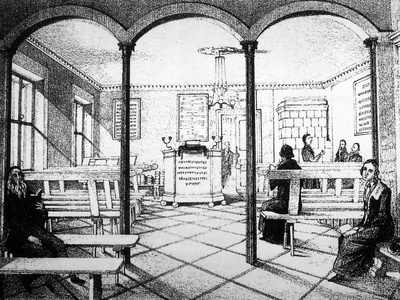
Jews
A historic community, primarily Sephardic Jews whose ancestors were welcomed into the Ottoman Empire after their expulsion from Spain in 1492. They have a vibrant cultural history in Istanbul and Izmir, though their numbers have declined through emigration.
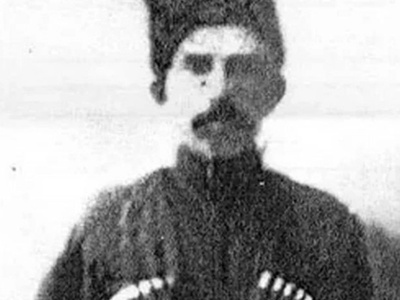
Chechens
Descendants of refugees from the 19th-century Russian conquest of the Caucasus. They settled in several villages granted by the Ottoman Sultan and have maintained their language, warrior traditions, and strong clan-based social structure.
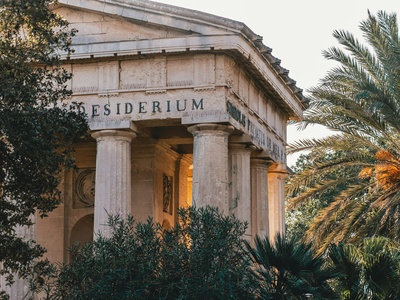
Greeks
An indigenous community with a 3,000-year history in Anatolia. Once a large and influential population, their numbers drastically decreased after the 1923 population exchange. The remaining community, known as “Rum,” is primarily centered in Istanbul.

